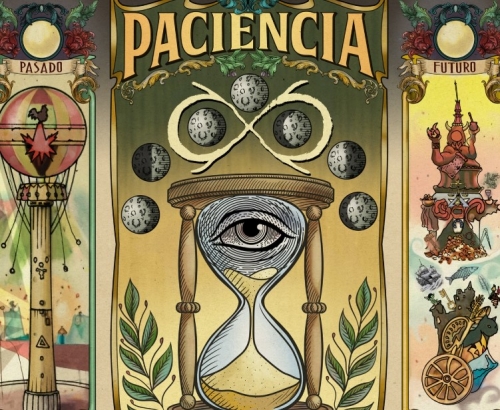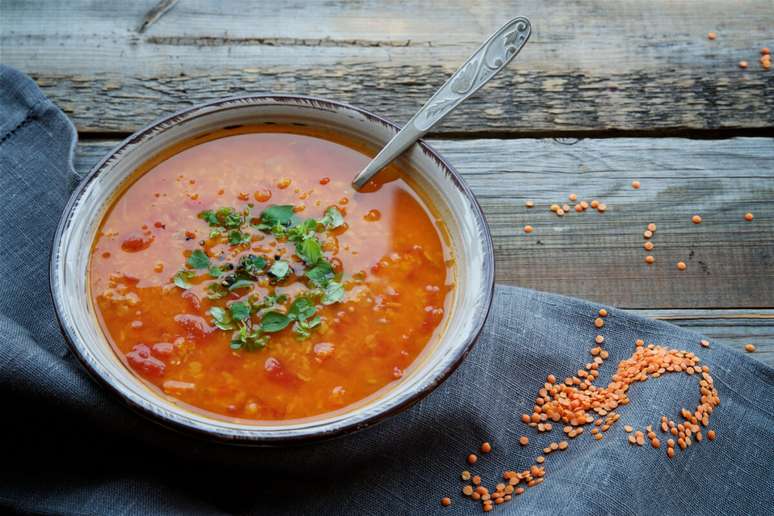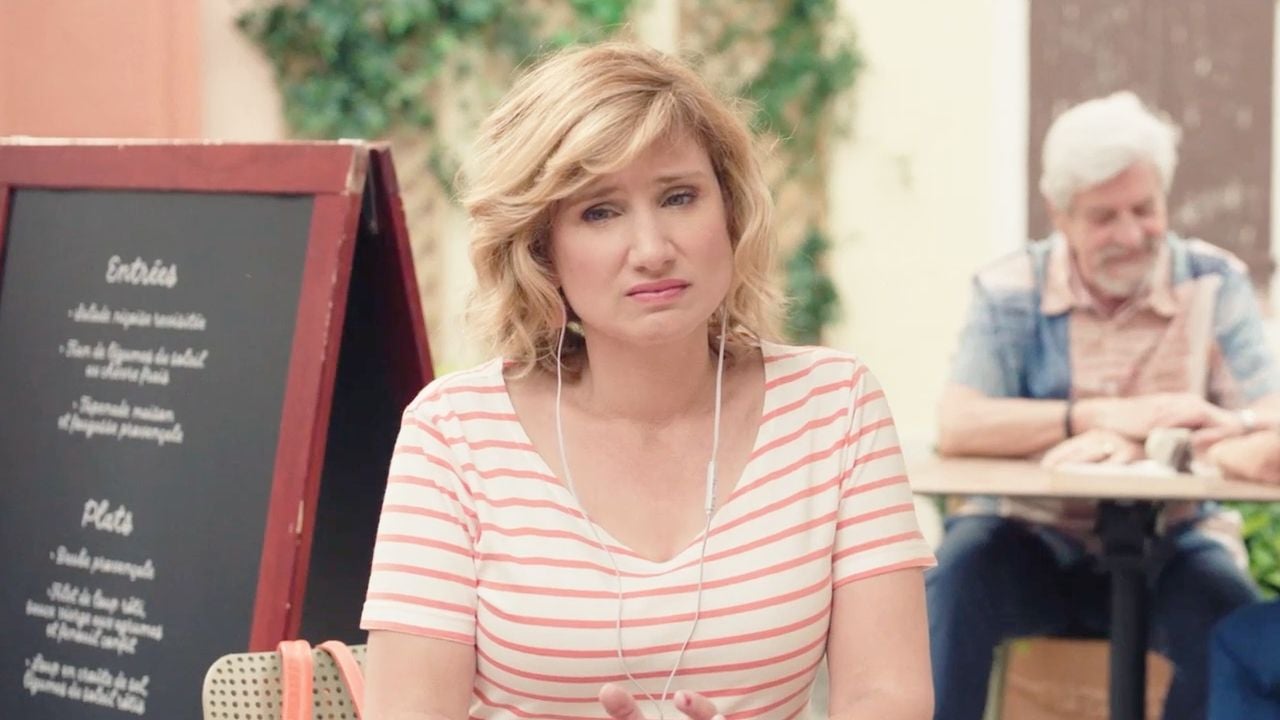Remember, as a child, mom used to kiss where it hurt to make it go faster and we honestly believed it would help? Scientists have proven that it really works!
In recent years, many experts have started to sound the alarm: they think we are going through some kind of hugging crisis.
ADVERTISEMENT – CONTINUED BELOW
Why is touch so important?
Touch carries a lot of information.
Touch is especially important for children.
Health benefits of hugs
Analgesic effect
Source: The Voice Mag
Emma Jack is a writer at Gossipify, covering fashion, beauty, lifestyle, and pop culture trends. She stays current on the latest trends and offers readers up-to-date information on what’s hot in the industry. With a background in fashion journalism from Parsons School of Design, she offers a unique perspective and analysis of current trends.









